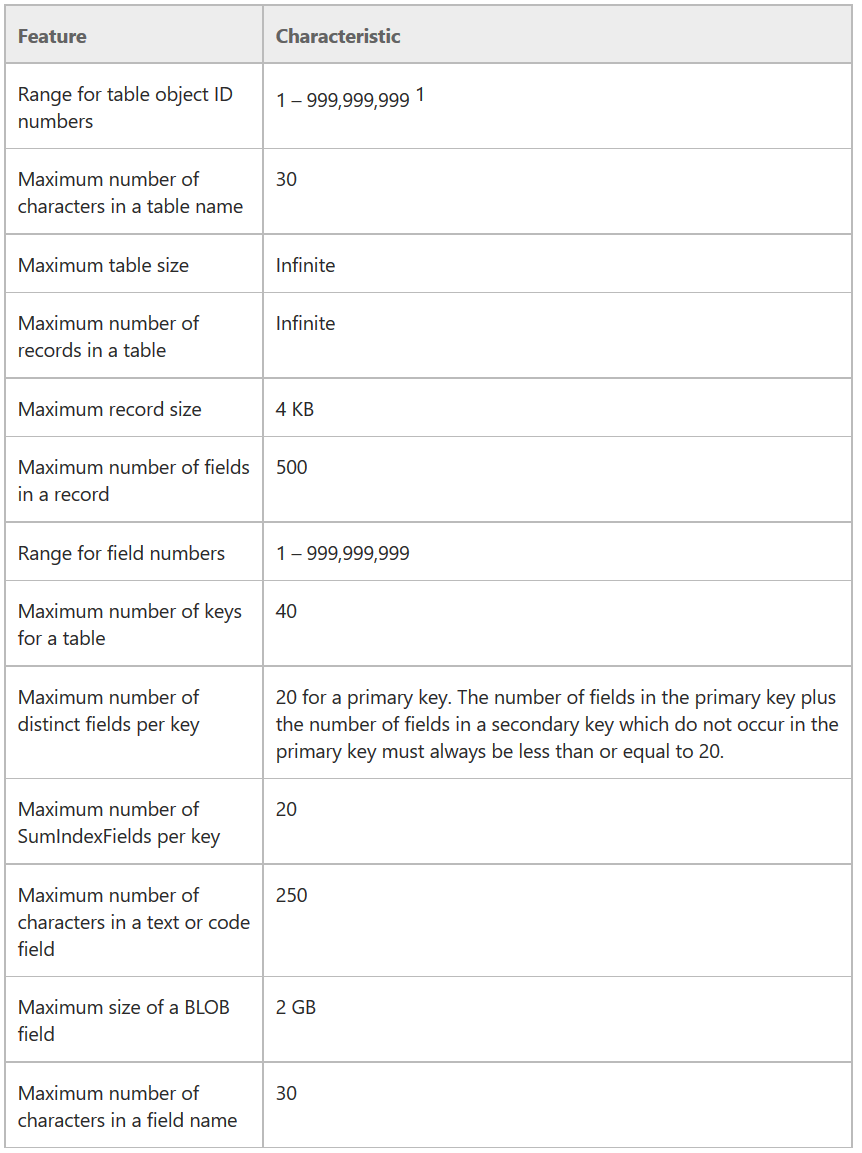Once upon a time, not that long ago, when working with Navision, or should we say Navigator or perhaps Dynamics, the database was not SQL. It was a built-from-the-ground-up database specifically created for servicing an accounting system. Today it is known as the “Native database”. The latest version to support the native database was NAV2009. Born back in 1987, this database was a marvel of ingenuity. The SumField technology (flow field) and the versioning transaction system packaged together with awesome performance and ultra-high reliability made this a customer favorite for many years. (Irrelevant side note, the database was not a favorite amongst system administrators, because there were nothing for them to do with it, and it never broke down).
But all software is a product of the time it made. And the native database had a number of limitations, see them here: https://msdn.microsoft.com/en-us/library/dd338980.aspx

Fast forward to NAV2017 (starting with NAV2013)
Today only SQL Server can be used for databases. The native database died with NAV2009, but lots of the limitations from the native database is still in NAV2017
- Max TEXT field size 250
- Max fields per table 500
- Max keys per. table 40
- Max fields per. key 20
SQL Server has its own limitations, but they are nowhere close to this. So it seems like a “leftover” that Dynamics NAV2017 still limits itself.
I suggest that Microsoft relaxes the limitations in NAV2017+ a bit unless we are waiting for the triumphant return of the native database 🙂